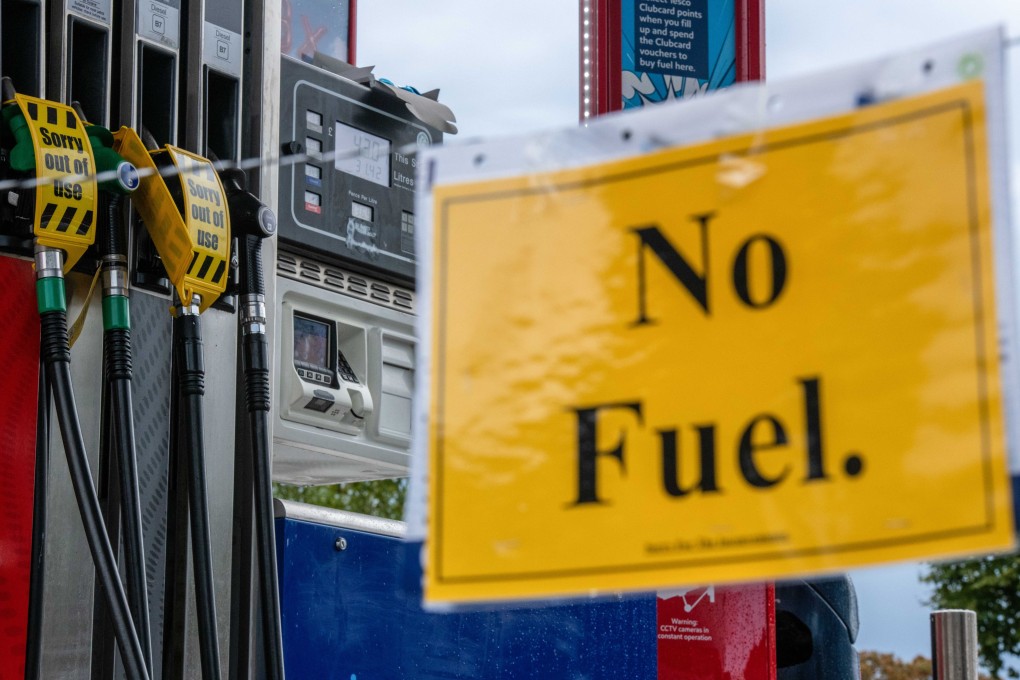Outside In | Getting to net zero is going to be a brutal slog. Are we ready to make the drastic changes needed?
- Rocketing fossil fuel prices worldwide make it clear the transition to sustainability is going to be messier and more costly than we think
- Political leaders need the will to make unpopular decisions, and consumers will have to make significant lifestyle changes

Soaring fossil fuel prices worldwide have provided stark warnings on the difficulty and huge cost of the transition to sustainability, both for governments, and for us as individuals. But evidence of the political or personal will to make the necessary hard choices remains thin on the ground.
The long-awaited Glasgow summit will undoubtedly bring hard talk, and a plethora of grand-sounding pledges, but as Brooke Masters at the Financial Times said late last month: “Stunts and pious pledges won’t save the planet.”
Oil prices, meanwhile, are heading for above US$80 a barrel as Opec leaders resist pressure to boost production, and British drivers are panic buying petrol as pumps run dry.
And, in an untimely piece of divine intervention, Europe and Britain suffered falls in renewables after a summer of below-average wind and sunshine.
